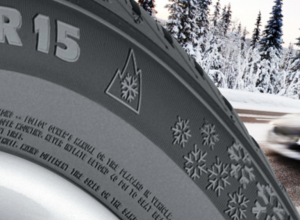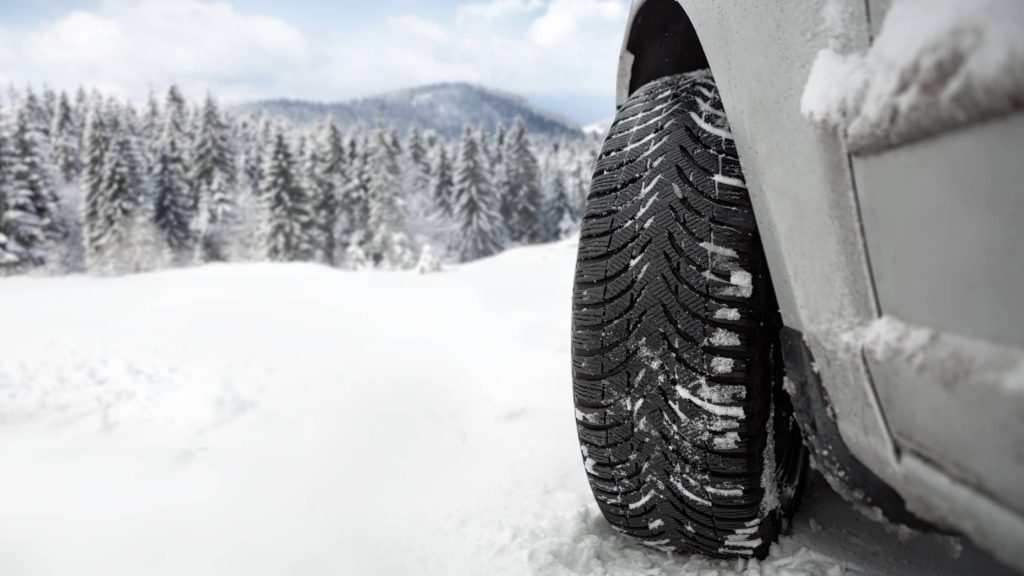When winter approaches and the days get colder, it’s time to swap your summer tires for winter ones. If you’re wondering why you should bother, here’s what you need to know.
IMPROVED TRACTION
The main reason to install winter tires is to ensure your vehicle has sufficient traction in cold weather. When temperatures drop below seven degrees Celsius, the rubber on both summer and all-season tires harden and lose their ability to adequately grip the road. Winter tires, however, have a rubber compound that remains flexible even at -40 degrees Celsius, thereby ensuring adequate traction in frosty weather.
In addition, winter tires have deeper tread than summer tires. This design feature shortens braking distance in cold weather by up to 25 percent.
CRITERIA TO CONSIDER
If you’re in the market for new winter tires, look for the three-peaked mountain and snowflake symbol on the sidewall. This certifies that the tires are approved for wintry conditions.

Alternatively, you may want to buy used winter tires. If you do, ensure the tread depth is at least 4.8 millimetres and the manufacture date is less than six years from the current date. An automotive specialist can recommend the right type and size for your vehicle.
POSSIBLE CONSEQUENCES
If you fail to use winter tires when driving in snowy and icy conditions, you can lose control of your vehicle. This will jeopardize the safety of everyone on the road, including you. Moreover, if you get in a crash and winter tires could have helped prevent the mishap, your insurance claim may be denied.
You can also save up to 5% on your Auto Insurance by using Winter Tires!
Get in contact with us to find out if you qualify or to get an Auto Insurance Quote.
613-347-7600
